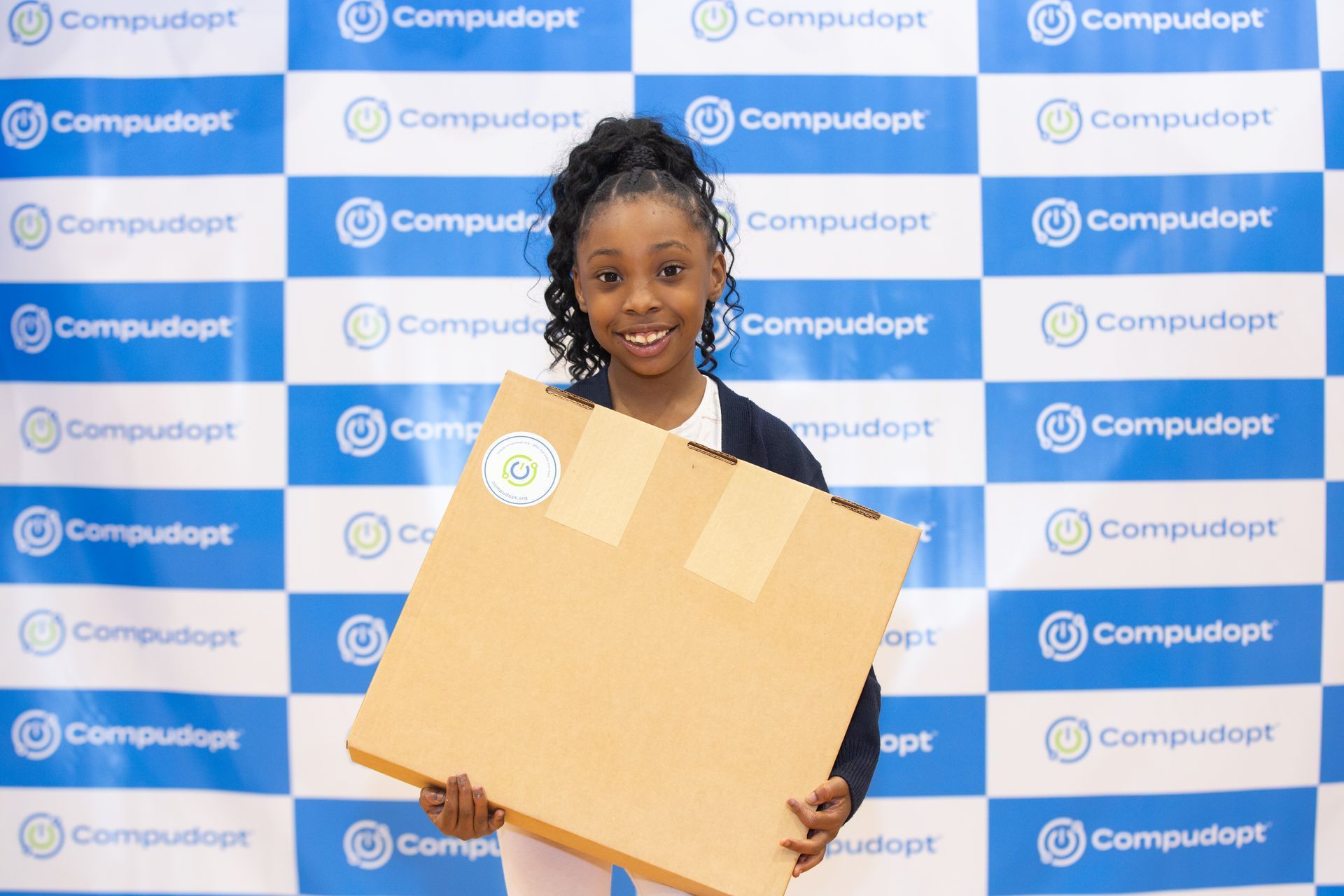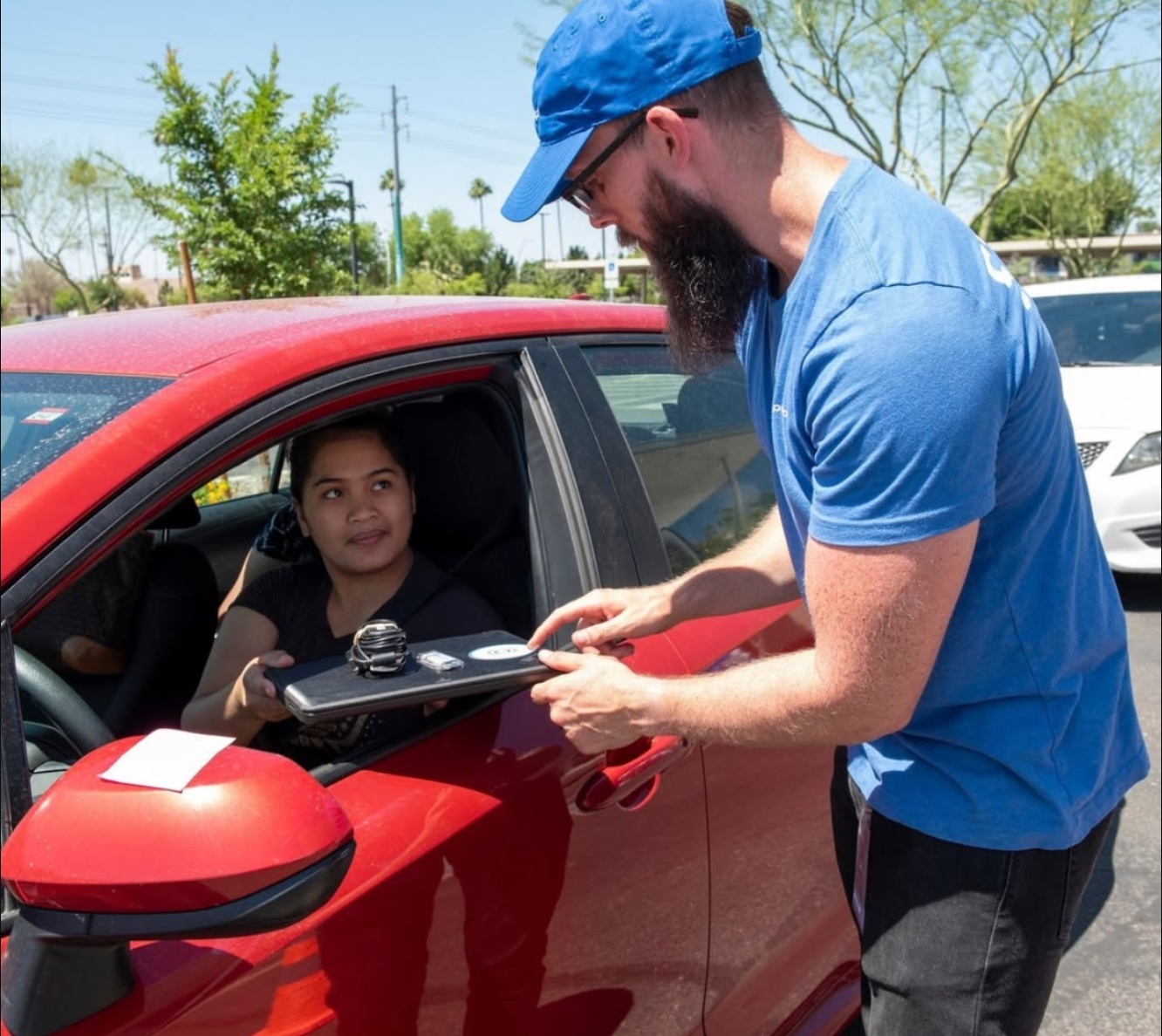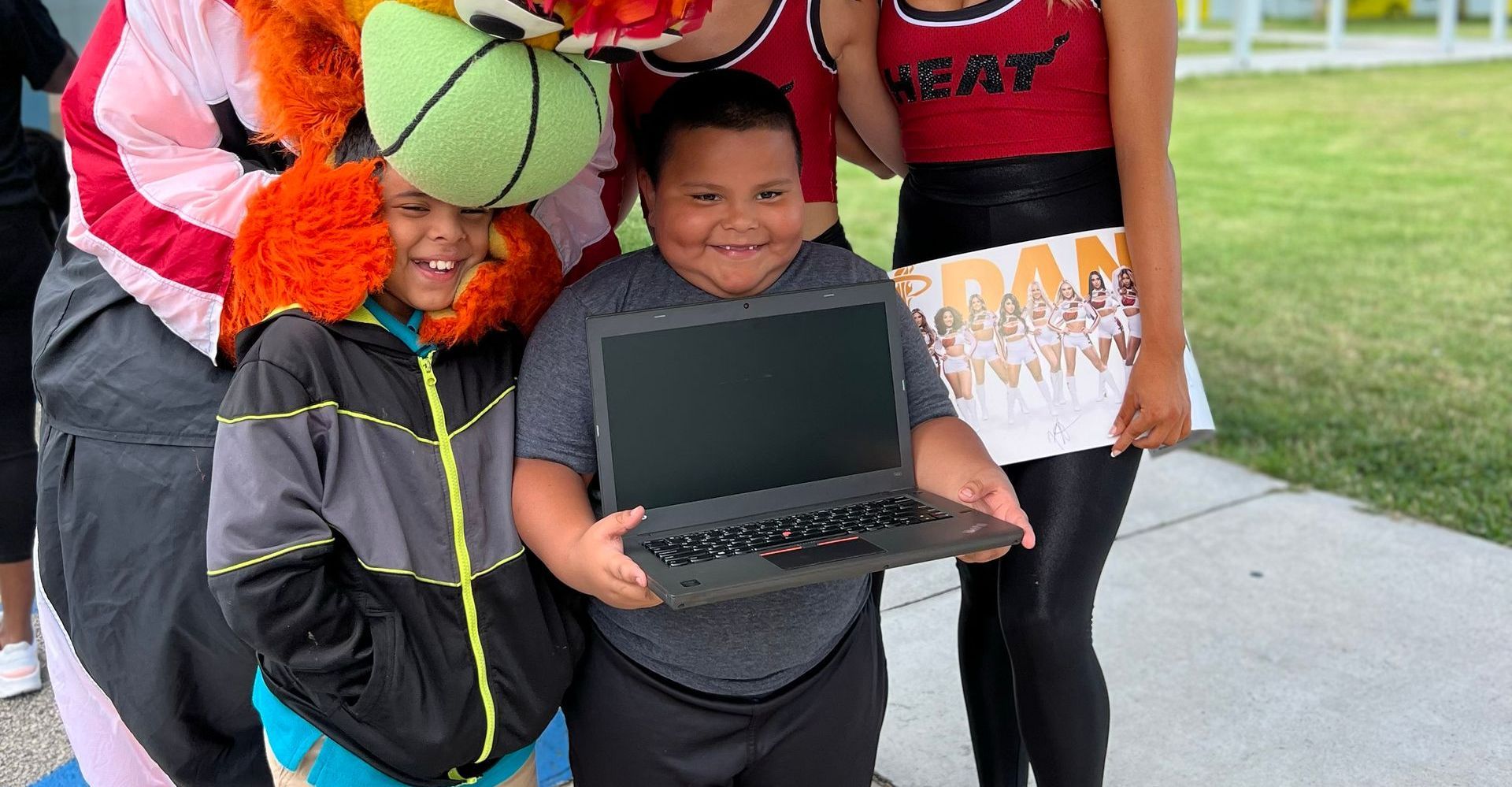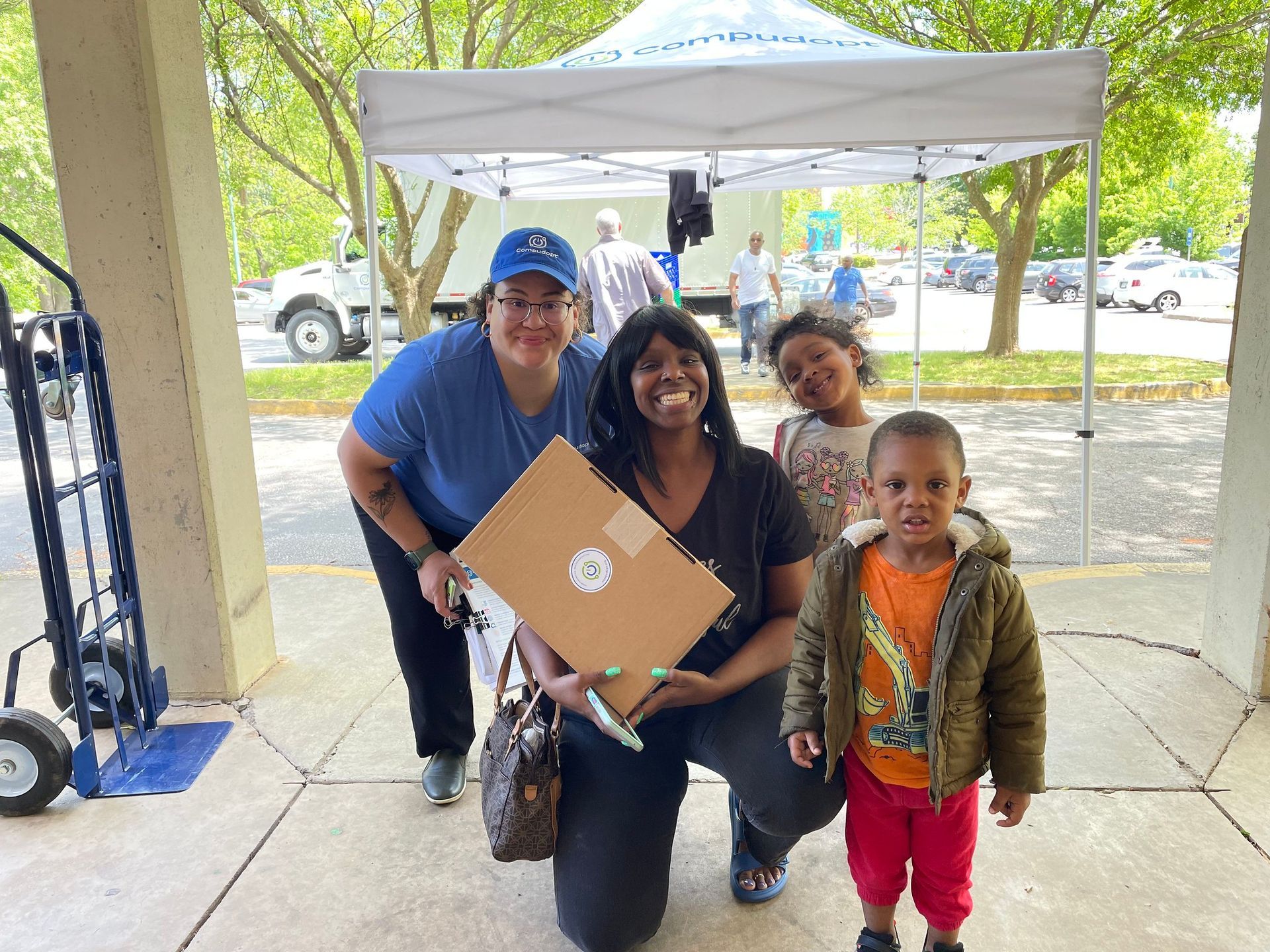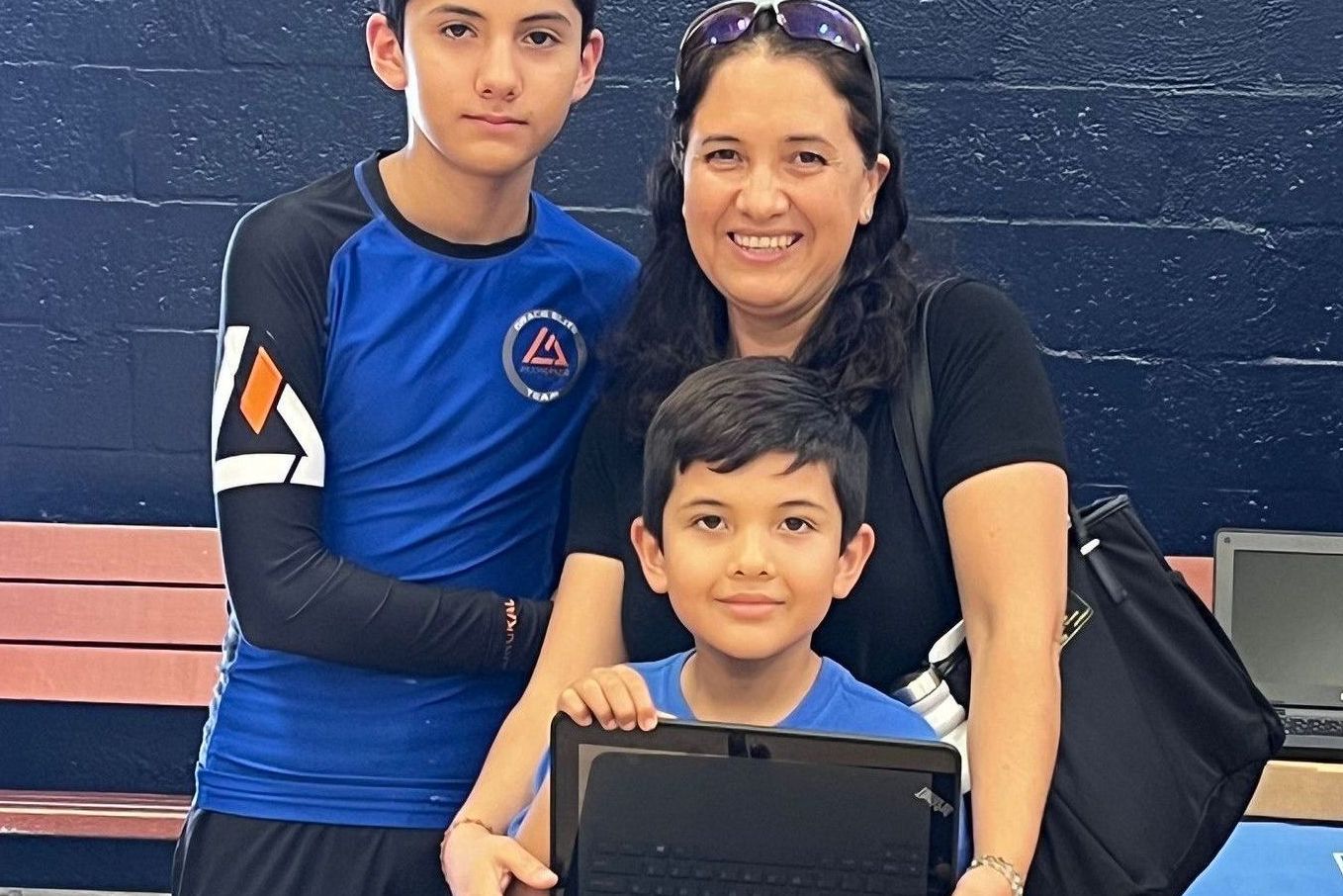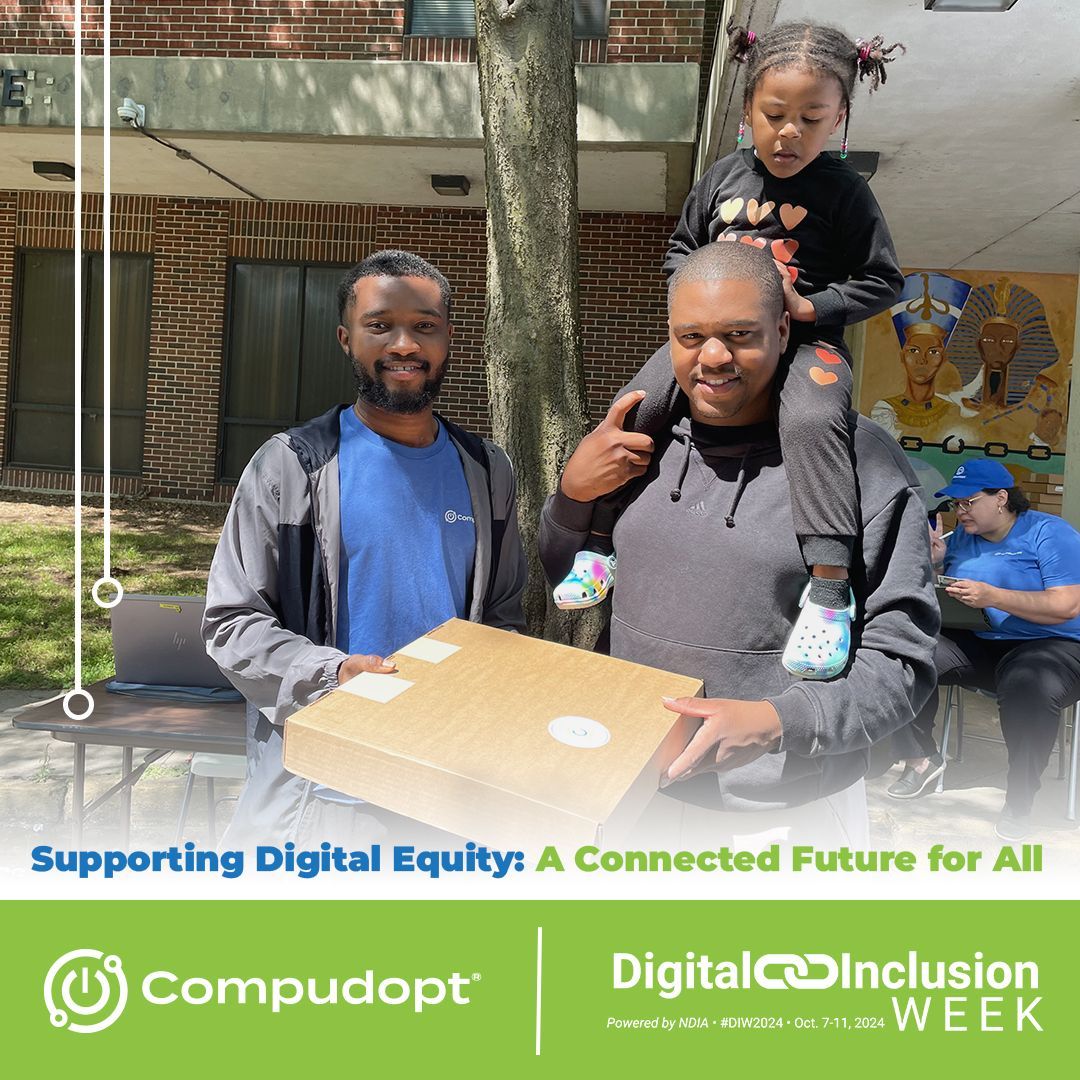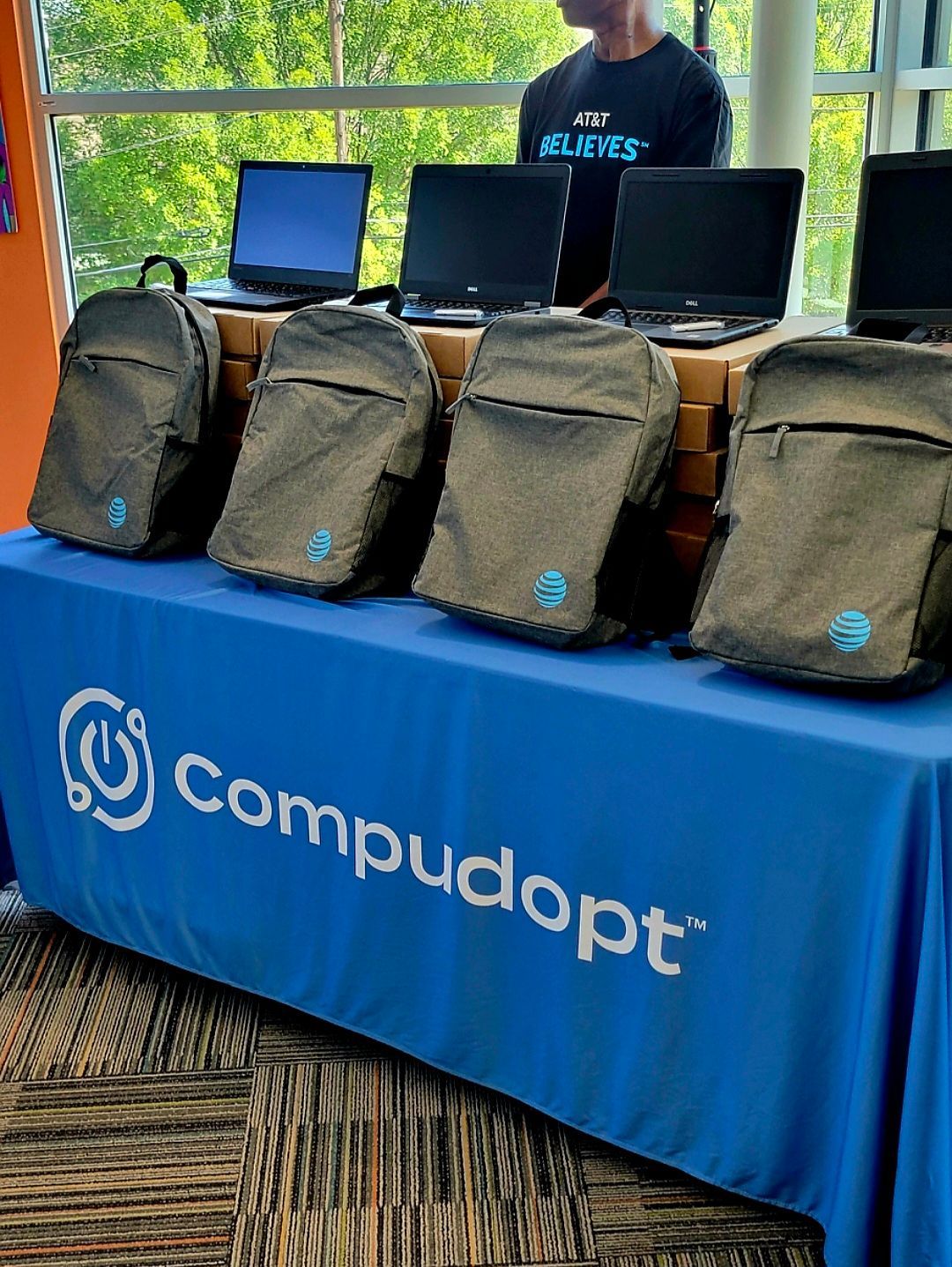How this nonprofit is connecting Dallas residents to the village of resources
by Plamedie Ifasso - Staff Writer - Dallas Business Journal - Jan 5, 2023
Nonprofit organization Compudopt saw the $35 million multi-year grant it received from Santander Consumer USA earlier this year as the perfect opportunity to support the growth it had been experiencing for the past three years.
The Houston-based organization was founded in 2007, but until 2019, it had only been providing services in Houston and Galveston.
“Because of the demand during the pandemic, we decided to nationalize, but it really exploded the work that we're doing,” Compudopt CEO Megan Steckly said. “Now we're in 16 states and 26 cities providing programming.
When we became partners with Santander Consumer, there was this opportunity for us to really build an incredibly unique national partnership (and) deliver a complete digital equity solution, and I believe it’s the first public-private partnership of this scale in the country.”
For the last 15 years, Compudopt has provided technology access and education to underserved communities. The organization has distributed more than 50,000 computers to students across the country and delivered about 200,000 hours of technology education so far.
The $35 million grant began with a $7 million investment in Dallas and will support the agency’s expansion into five cities. In Dallas, the nonprofit focused on providing free high-speed
Internet connectivity, computers, training and technical support to households below 200% of the federal poverty level.
This year, Compudopt handed out over 5,000 computers, built its first 20 connectivity sites and connected more than 500 households to free Internet in Dallas. The nonprofit also educated about 10,000 individuals in its digital literacy program and enrolled about 150 students in its technology center and enrichment education program.
Steckly said about 83% of the households served this year are living in poverty, and as the organization expands its work in Dallas, the grant will allow it to distribute 7500 computers,
connect 10,000 Dallas residents to the Internet, educate over 24,000 individuals in its digital literacy program and enroll 300 students in its technology education program.
“Because Santander Consumer really made it possible for us to come into Dallas and do this work at a really meaningful (and) impactful scale, we have other funders and other community agencies that have also said, 'can you do more here?’” Steckly said. “I would be comfortable saying that we've secured another 2 million in collective additional funding because of this gift again to support furthering the work in Dallas itself.”
As Compudopt expanded into Dallas, it first wanted to know what the needs were, Steckly said. The organization connected with nonprofit agencies to gain insight into what residents needed. From there, Compudopt introduced a citywide lottery registration for free computers.
“When people register and say, 'I need a computer,’ they validate their household income, and they let us know what kind of internet connectivity they have and their skill-building needs,” Steckly said. “That gives us a heat map. Down to the individual household level, we can look at the city of Dallas and (identify) hotspot areas that have a greater number of people in need. From there, we launch in a community, and then it spreads across the city."
Steckly describes Compudopt as network agnostic. Besides affordability, inefficient infrastructure makes it difficult for many Dallas households to access high-speed Internet, so
the nonprofit designs connectivity solutions based on individuals’ needs.
“Maybe they're in an apartment complex where technically there's coverage on one side of the building but not on the other side of the building,” Steckly said. “If we're going to talk about equitable access to the Internet and digital resources, we need to make sure that everybody across the apartment complex has the same opportunity for coverage. We may go in and build technology using 4G LTE solutions, but we can also go into a community and build internal wire DSL solutions. We're not restricted to just using one form of technology, and we can really tailor it to the needs of those community members.”
Solving the digital divide allows households to be more connected to the local resources and support services they need to move out of poverty and strengthens the entire community’s economy, Steckly said.
“Now, we know that our services alone don't do that,” Steckly said. “It takes a village. But this provides better access to the village, so ultimately long term, we do believe that through programs like this, through investment in infrastructure (and) homegrown opportunities to create access to the wealth of content and knowledge that is otherwise beyond the reach of families that don't have these tools, we are creating brighter futures and brighter communities for the whole of Dallas overall.”

